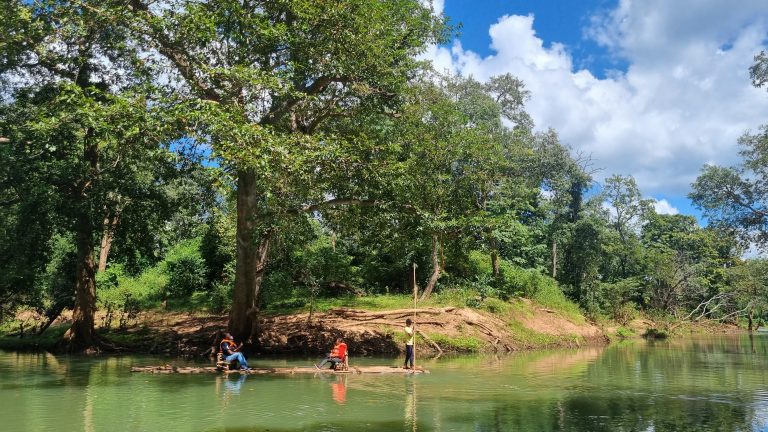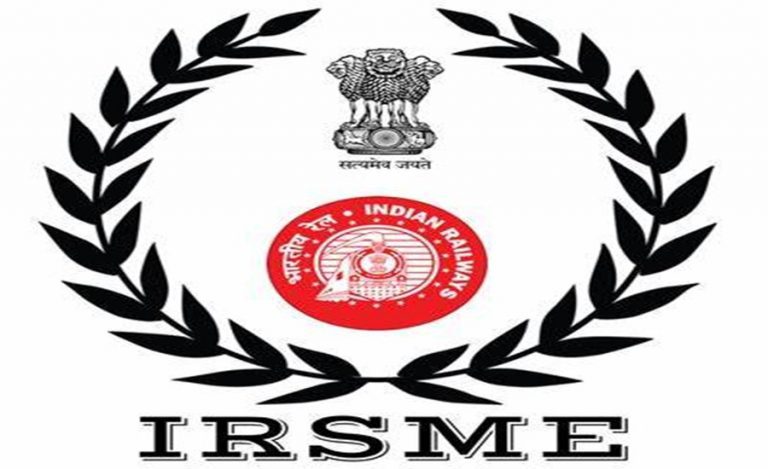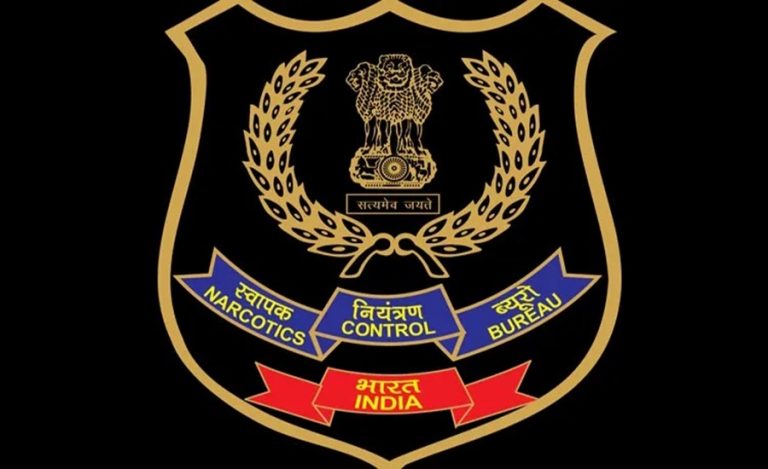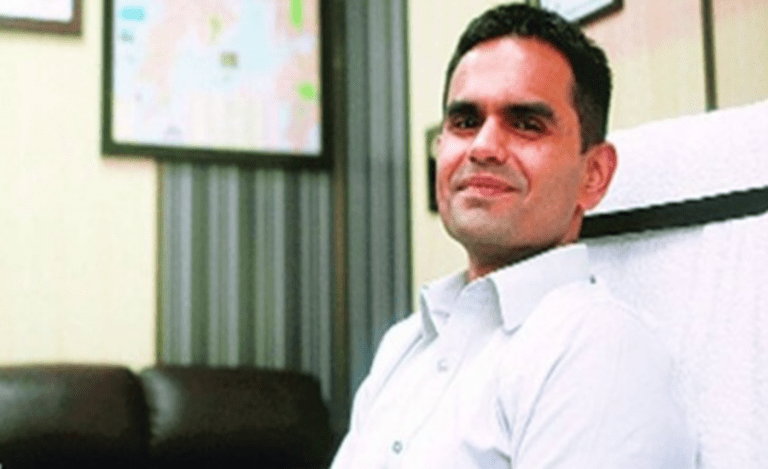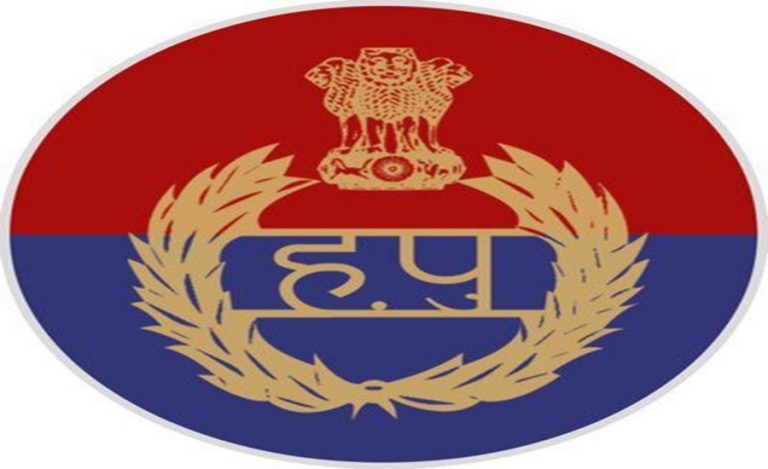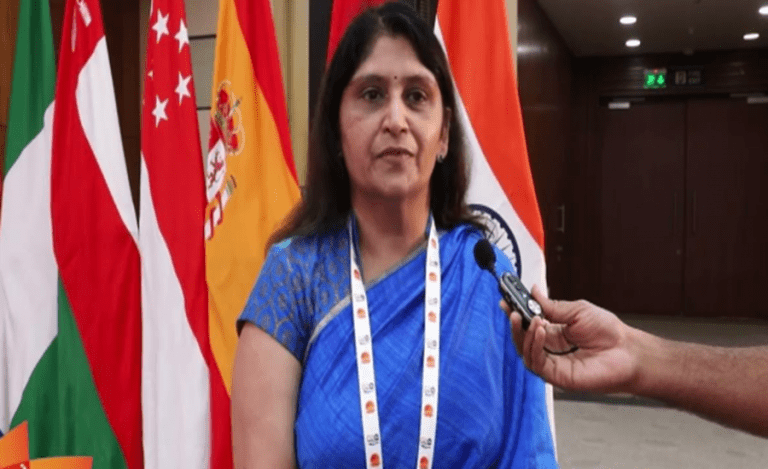At a time when water bodies everywhere are drying up, a qualified engineer turned environmentalist from Tamil Nadu has been silently going about restoring and bringing back dead water bodies to life. Nimal Raghavan has restored 127 lakes till now in his home state using the percolation tank technique. And now people all across the country are drawing inspiration from him.
1990-batch IFS officer Mohan Chandra Pargaien, who is Principal Chief Conservator of Forest (PCCF Development), Hyderabad, recently shared Mr. Raghavan’s story, also giving examples of percolation tanks inside the forests in Telangana that provide round-the-year water to wildlife.
Indian Masterminds interacted with Mr. Pargaien and Mr. Raghavan, to get more information about the percolation tank technique.
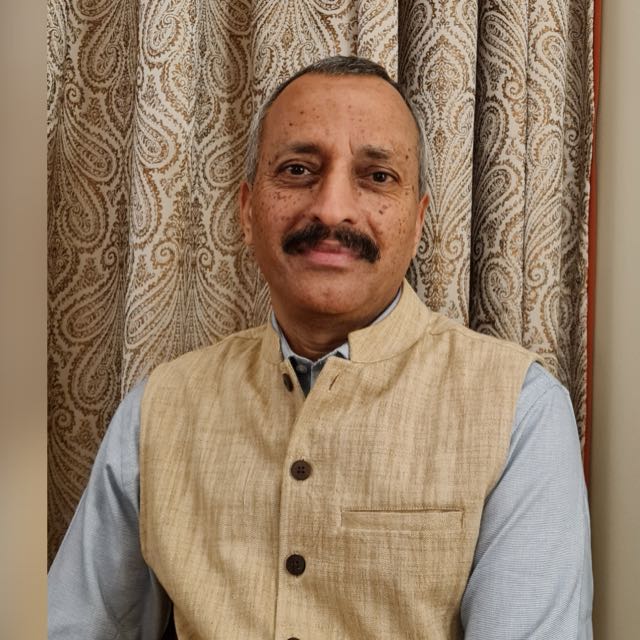
WATER BODIES REVIVAL
It’s a fact that urbanization and pursuit of developmental activities have resulted in indiscriminate extraction of water and damages to existing water bodies. Any attempt and intervention to rejuvenate these water bodies not only helps to recharge ground water but also provides healthy livelihood opportunities to people, besides supporting local biodiversity associated with these water bodies. “Hence, we need to encourage such attempt by individuals and organizations,” Mr. Pargaien said.
He cited the example of Kothagudem in Telangana, where percolation tanks are providing round-the-year water to wildlife and improving the quality of the forests. “It is a great technique to save water and increase the water level.”
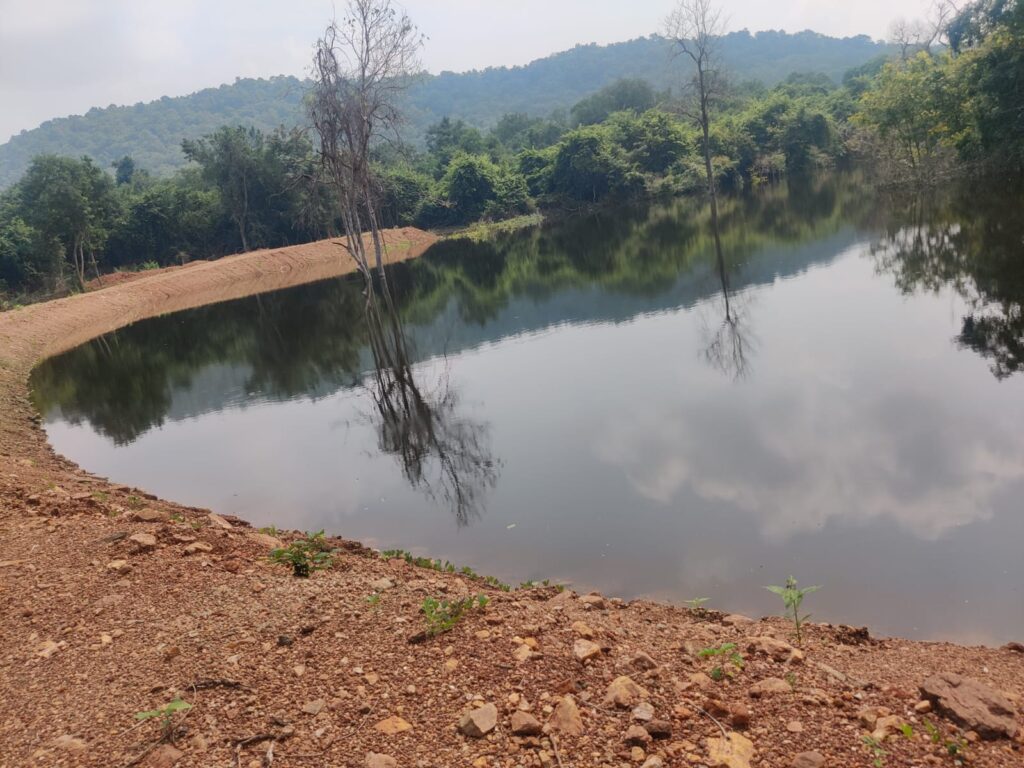
THE TECHNIQUE
Mr. Nimal Raghavan, whose example Mr. Pargaien gave to highlight the work being done by individuals and organisations in this field, told Indian Masterminds, “If we manage water bodies effectively, most of the floods can be avoided and droughts will never occur. If we save water in the lakes, we can fight against drought more efficiently. It will help in increasing the ground water level also.”
He belongs to the Cauvery Delta, which is also known as the Rice Bowl of Tamil Nadu. The farmers here used to cultivate three times in a year earlier. But because of poor maintenance of water bodies, water scarcity increased, and it became impossible for them to cultivate even once a year.
“So we started working on water bodies’ rejuvenation and restoration. And, as a result, farmers are now able to cultivate two times in a year. And, gradually, they will be able to do it three times in a year, like earlier,” he said.
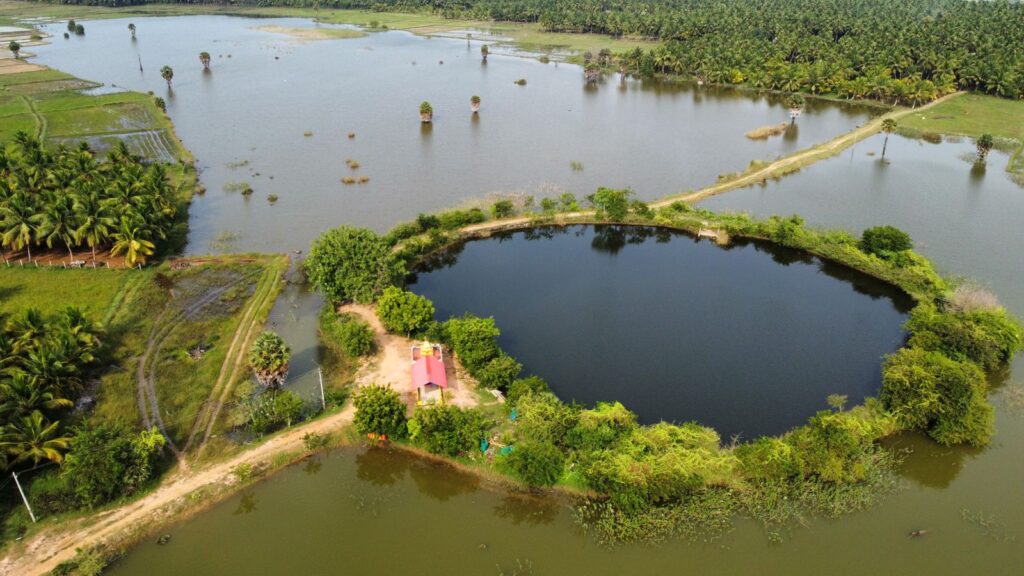
So far, 130 lakes have been restored this way. Percolation tank is an artificially created surface water body, submerging in its reservoir a highly permeable land, so that surface runoff is made to percolate and recharge the ground water storage. Every lake is connected with a supply channel, that is the main channel. The main source of water here is river Cauvery’s water. Cauvery water gets release from May and it goes and fills the lakes. Each and every tank is interconnected. So there is a supply channel in between.
“So, if lake A gets filled, the surplus water will go to lake B, and then, it goes to lake C. This way, the water reaches everywhere and helps to increase the ground water level and recharges the water bodies,” Mr. Raghavan said.
ABOUT PERCOLATION TANKS
Percolation tank is an artificial reservoir which is constructed across stream, submerging a land area with adequate permeability to facilitate sufficient percolation to collect surface water run-off and allow it to percolate within the permeable land. This is one of the effective methods of refilling groundwater table (also known as groundwater recharge).
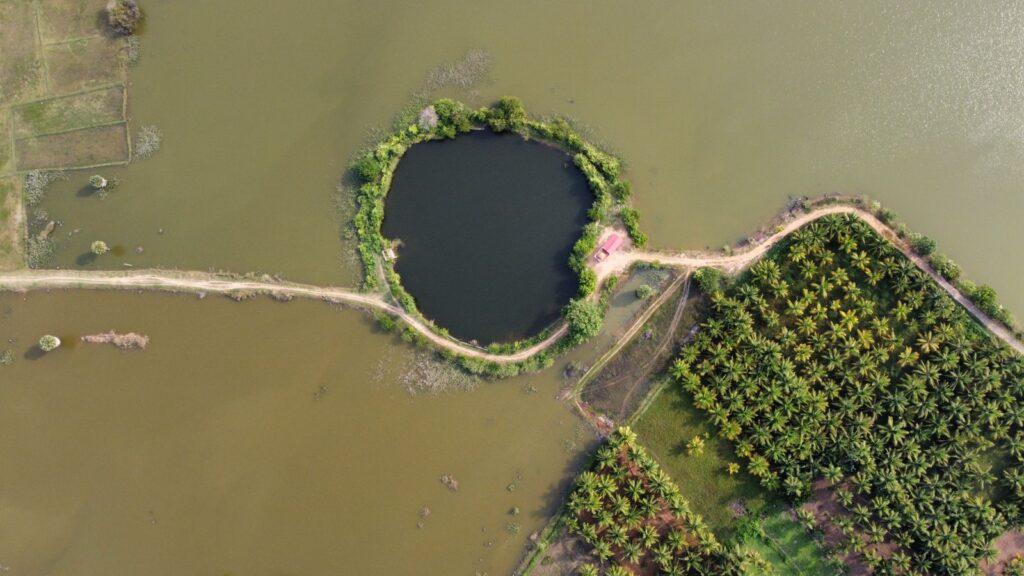
The percolation tanks are mostly earthen dams with masonry structure only for spillway. The purpose of the percolation tanks is to recharge the ground water storage, and, hence, seepage below the seat of the bed is permissible. For dams up to 4.5 m height, cut off trenches are not necessary and keying and benching between the dam seat and the natural ground is sufficient.
ABOUT NIMAL RAGHAVAN
Nimal Raghavan is an engineer by profession and is now an organic farmer and an environmentalist. In 2018, he was devastated by the havoc left behind by the Gaja cyclone in his home town. That day, he decided to quit his job in Dubai and move back to Nadiyam to dedicate his life to the betterment of his homeland. He recently won a Water Warrior award, after his work was selected from among 1700+ participants across India.

Currently, he is focusing on raising awareness on climate change and finding solutions, rejuvenation of water bodies, afforestation and reforestation, implementing rainwater harvesting systems and developing Miyawaki forests. He is involved in conducting workshops on environmental awareness in schools, such as plastic use and wastage, the importance of trees and planting saplings with students, etc. He spearheaded the renovation of 127 lakes and water bodies and the rejuvenation of 450 km of water channels, and desilting and adding boundaries for sustainability. His work is spread across 2500 villages, which has benefited more than 50 lakhs beneficiaries and a large number of cattles.


